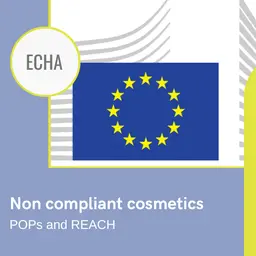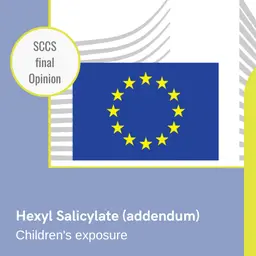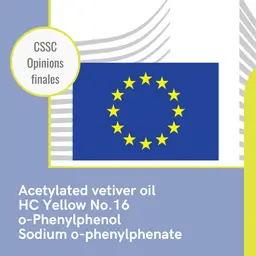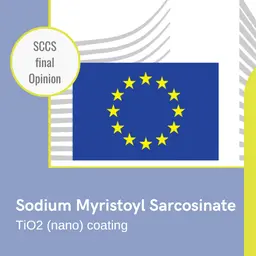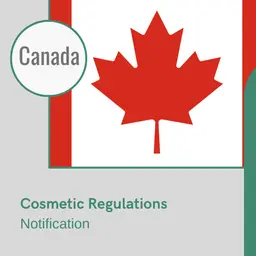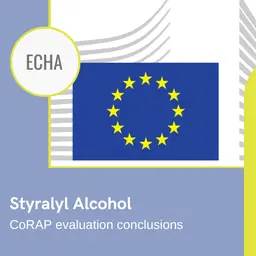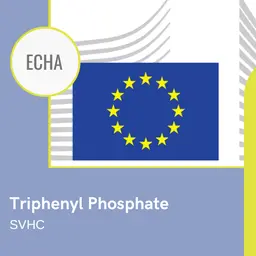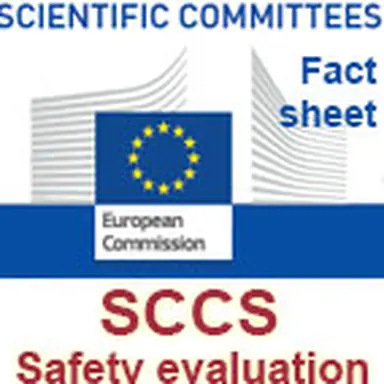
Some of the opinions of the European Commission's non-food Scientific Committees are presented in a format and language which can be easily understood by non-specialists. This is the case for the 9th revision of SCCS Notes of Guidance for the testing of cosmetic ingredients and their safety evaluation. A factsheet was published in layman language.
Text of the factsheet published by the European Commission
The European Commission and its independent Scientific Committee on Consumer Safety (SCCS) provide guidance to public authorities and to the cosmetic industry to ensure compliance with the current cosmetic EU legislation, in particular regarding safety assessment of cosmetic ingredients.
What are the SCCS Notes of Guidance"?
The SCCS issues "Notes of Guidance" that provide relevant information on the different aspects of testing and safety assessment of cosmetic substances in the EU. The emphasis of the Guidance is on cosmetic ingredients, although some guidance is also given on the safety assessment of finished products.
The "Notes of Guidance" are regularly revised and updated in order to take account of up-to-date scientific and technological progress in relevant areas, including in the field of alternative methods aimed at replacing, reducing or refining animal experiments (3R principle).
A new revision of the "Notes of Guidance" has just been published, which updates the previous version issued in 2012.
What has changed since the last revision?
• The animal testing ban under the Cosmetics Regulation has remained a challenge in regard to strategies for the safety testing and assessment of cosmetic ingredients and for the development of …



